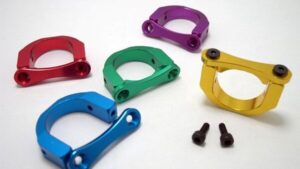
المقارنة بين النوع الثاني والنوع الثالث من الأنودة لأجزاء الصفائح المعدنية
تواجه أجزاء الألومنيوم احتياجات مختلفة حسب استخدامها. فبعضها يحتاج إلى سطح أملس وزخرفي، بينما يحتاج البعض الآخر إلى مقاومة عالية للتآكل والتآكل. الطلاء بأكسيد الألومنيوم
نقوم بانتظام بتحديث المقالات المتعلقة بالصناعة التحويلية.

تواجه أجزاء الألومنيوم احتياجات مختلفة حسب استخدامها. فبعضها يحتاج إلى سطح أملس وزخرفي، بينما يحتاج البعض الآخر إلى مقاومة عالية للتآكل والتآكل. الطلاء بأكسيد الألومنيوم
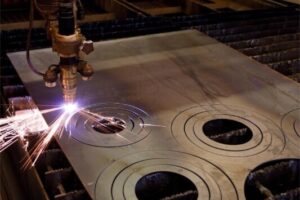
القطع بالليزر هو طريقة تستخدم شعاع ضوء مركز لقطع الصفائح المعدنية بدقة عالية. تعمل طاقة الليزر على إذابة أو تبخير المادة على طول مسار محدد، مما يخلق حوافاً نظيفة وناعمة. يقوم نظام يتم التحكم فيه بالكمبيوتر بتحريك الشعاع بناءً على ملف التصميم بمساعدة الحاسوب، مما يتيح إنتاج أشكال معقدة وثقوب دقيقة وزوايا حادة بدقة.
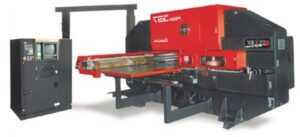
إن قاعدة 3:1 هي مبدأ توجيهي بسيط يحدد مدى الارتفاع الذي يمكن تشكيله دون الإضرار باللوح المعدني. وهذا يعني أن ارتفاع السمة المشكلة يجب ألا يتجاوز ثلاثة أضعاف سُمك الصفيحة. على سبيل المثال، إذا كان سمك الصفيحة 1 مم، فيجب أن يظل الارتفاع المُشكّل في حدود 3 مم.
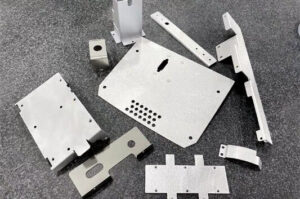
ليس من السهل دائمًا اختيار عملية التصنيع المناسبة. فلكل مشروع احتياجاته الخاصة. فبعضها يتطلب دقة عالية وتصميمات معقدة، بينما يركز البعض الآخر على
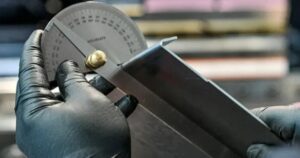
الدقة تصنع الفرق بين النموذج الأولي الذي يتناسب تمامًا والنموذج الأولي الذي يفشل أثناء التجميع. في تصنيع الصفائح المعدنية، يمكن حتى للانحراف الطفيف أن
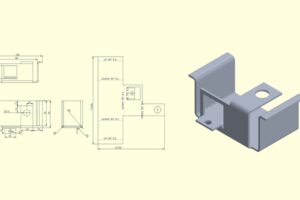
تعتمد النماذج الأولية الحديثة للصفائح المعدنية على الارتباط الوثيق بين التصميم والتصنيع. ويقع توافق ملفات CAD ثلاثية الأبعاد في قلب هذه العملية. إنه
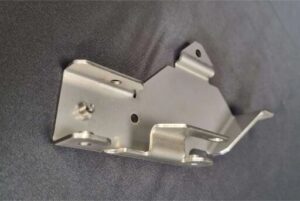
يشير مصطلح "التحول السريع" إلى السرعة التي يمكن للشركة المصنعة من خلالها تسليم نموذج أولي نهائي بعد استلام ملف التصميم. في تصنيع الصفائح المعدنية، تعتمد هذه السرعة على عدة عوامل - مثل تعقيد التصميم وحجم الجزء ونوع المادة. غالبًا ما يمكن الانتهاء من الأجزاء البسيطة المقطوعة بالليزر المصنوعة من مواد مخزنة في غضون يومين إلى ثلاثة أيام.
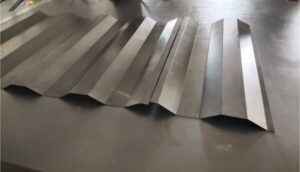
الشقوق هي انشقاقات أو انفصالات مرئية على السطح المعدني تحدث عندما تكون الصفيحة غير قادرة على تحمل الضغط المطبق عليها. وغالباً ما تظهر أثناء الثني أو التمدد أو السحب العميق. عندما يتم تجاوز حد الإجهاد، يتمزق المعدن بدلاً من أن يتشوه بسلاسة.
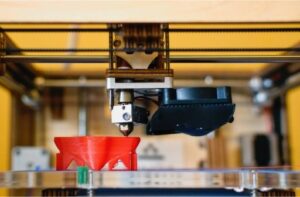
تشير دقة الأبعاد إلى الدرجة التي يتطابق بها الجزء النهائي مع الحجم والشكل المقصود. وهي تشير إلى ما إذا كانت عمليات التصنيع والتشطيب قد حافظت على دقة الجزء بالنسبة للتصميم. يمكن لكل خطوة - القطع أو الثني أو الثني أو اللحام أو الطلاء - أن تغير حجم الجزء بشكل طفيف. يدير المهندسون هذه التغييرات من خلال تفاوتات محددة وفحوصات قياس دقيقة. والهدف من ذلك هو الحفاظ على كل جزء قريب من التصميم قدر الإمكان، مما يضمن ملاءمته وأدائه بشكل صحيح.
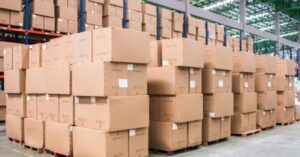
في تصنيع الصفائح المعدنية، يرمز موك إلى الحد الأدنى لكمية الطلب - وهو أصغر عدد من الأجزاء التي سينتجها المصنع في طلبية واحدة. وهو يمثل النقطة التي يصبح فيها الإنتاج عملياً وفعالاً من حيث التكلفة. موك هو أكثر من مجرد سياسة المصنع. فهو يعكس التوازن بين الكفاءة والتسعير واستخدام المواد.
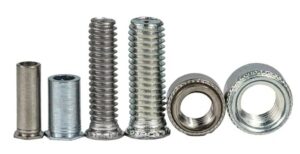
قد تبدو مشاكل معدات الصفائح المعدنية صغيرة، ولكنها غالبًا ما تتسبب في أكبر قدر من التأخير في أرضية الإنتاج. برغي مفكوك أو لولب منزوع
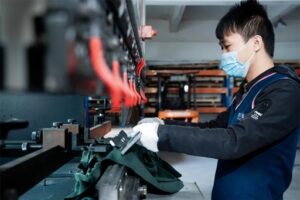
يلعب تصنيع الصفائح المعدنية دوراً هاماً في عالم التصنيع في كندا. فهي تدعم صناعات مثل الفضاء والدفاع والاتصالات السلكية واللاسلكية والمعدات الطبية. وتحول هذه العملية
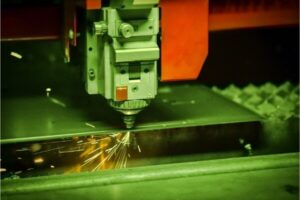
يُعد القطع بالليزر أحد أكثر الطرق دقة وتنوعًا في صنع القطع المعدنية. ومع ذلك، فحتى أفضل الماكينات تتطلب ملفًا مصممًا بشكل جيد من أجل
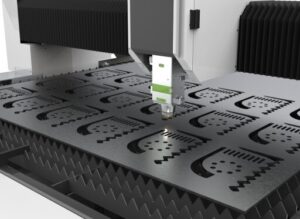
يواجه العديد من المهندسين والمصممين اليوم نفس التحدي: صنع أجزاء ذات أشكال معقدة ومفصلة تظل دقيقة أثناء الإنتاج. كلما أصبحت التصاميم أصغر
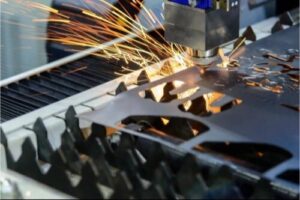
الوفاء بالمواعيد النهائية في التصنيع ليس بالأمر السهل أبدًا. فالجداول الزمنية الضيقة، والتصميمات المعقدة، والتغييرات المفاجئة في الطلبات غالبًا ما تدفع فرق الإنتاج إلى أقصى حدودها. العديد من المهندسين
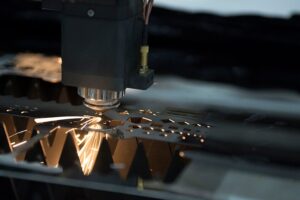
يتساءل العديد من صغار المصنعين عما إذا كان القطع بالليزر بالجملة خطوة ذكية لأعمالهم. إنه قلق مفهوم. قد يبدو الإنتاج بكميات أكبر
سوف نتصل بك خلال يوم عمل واحد، يرجى الانتباه إلى البريد الإلكتروني الذي يحتوي على اللاحقة “@goodsheetmetal.com”